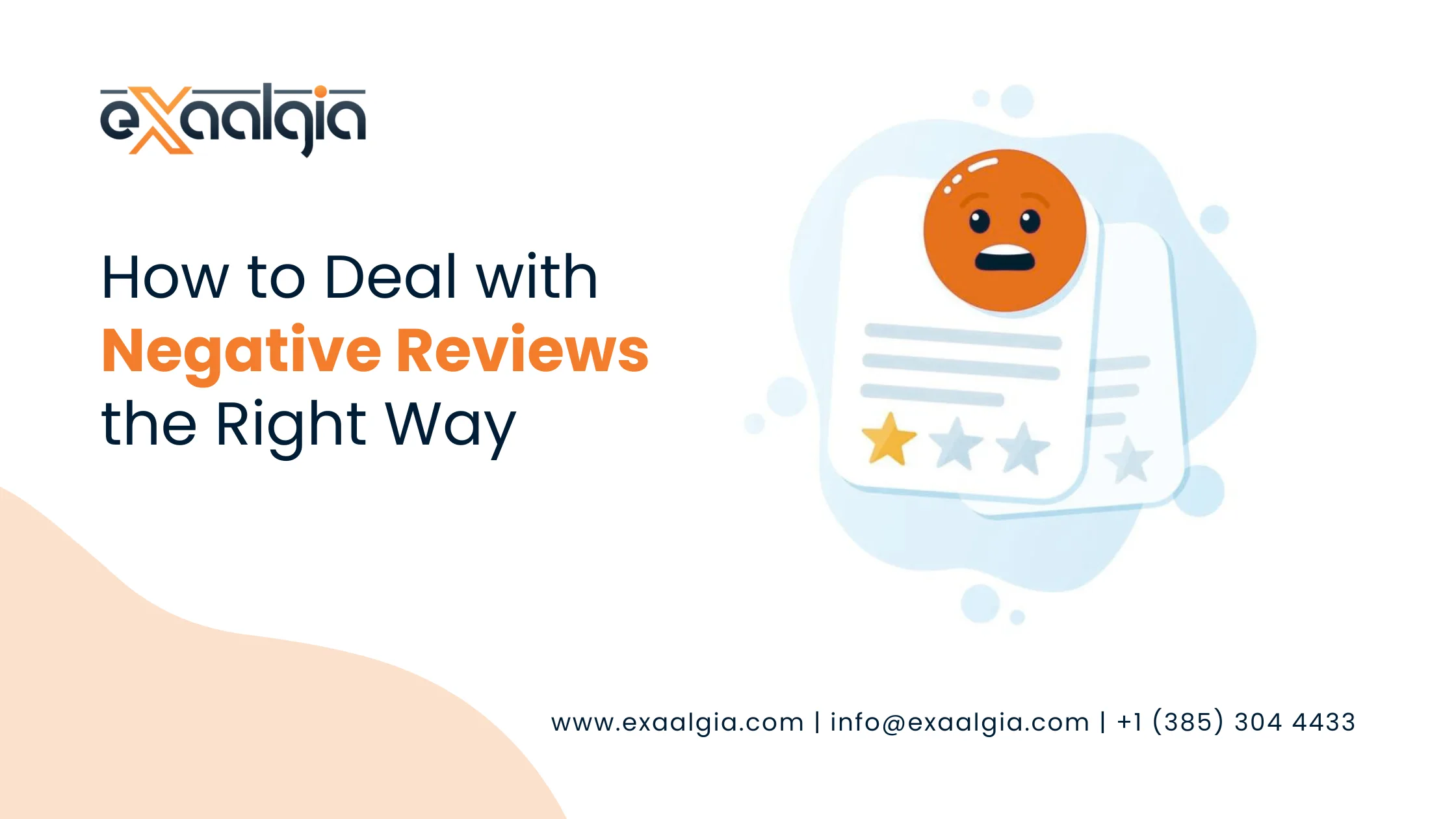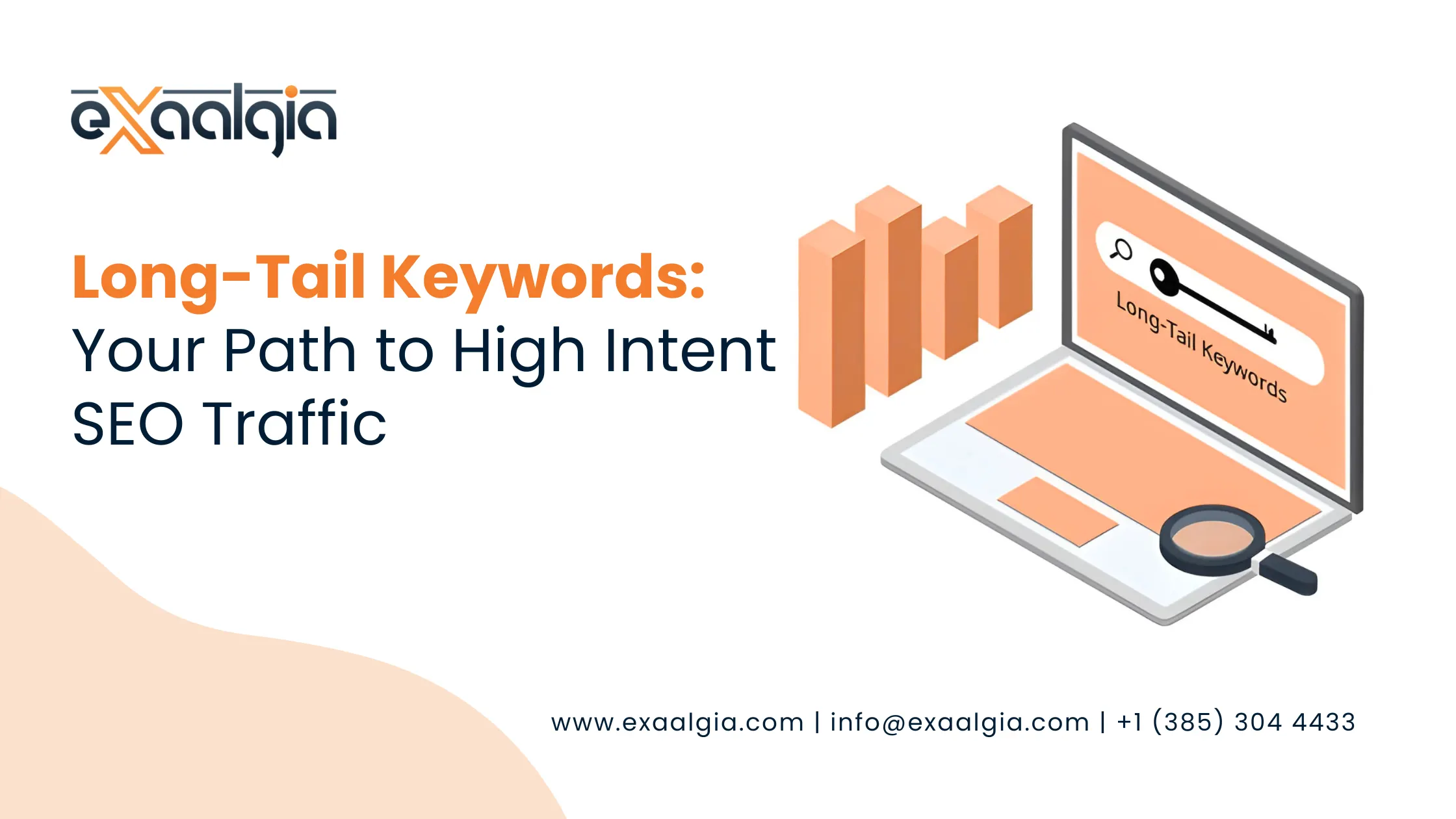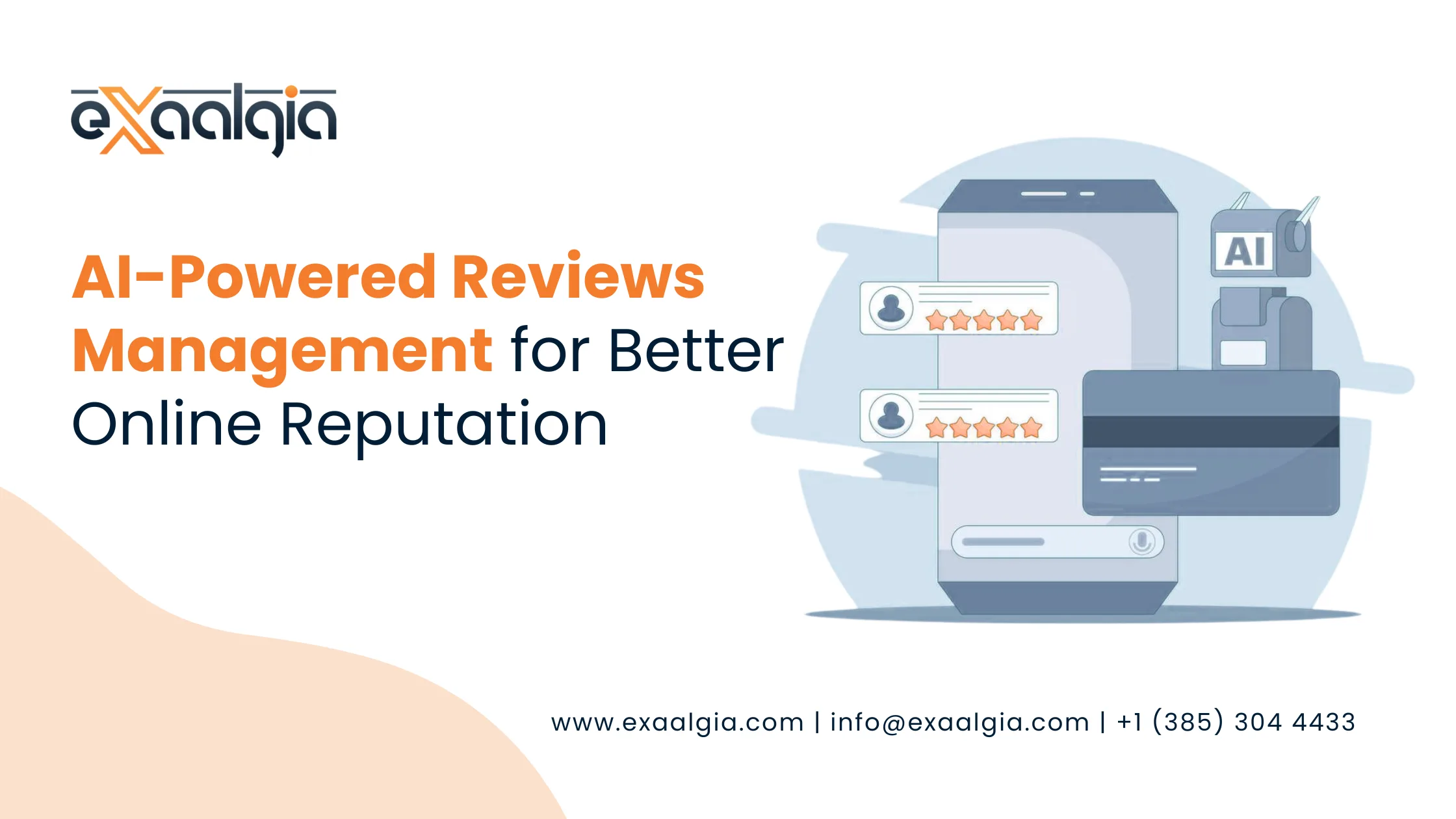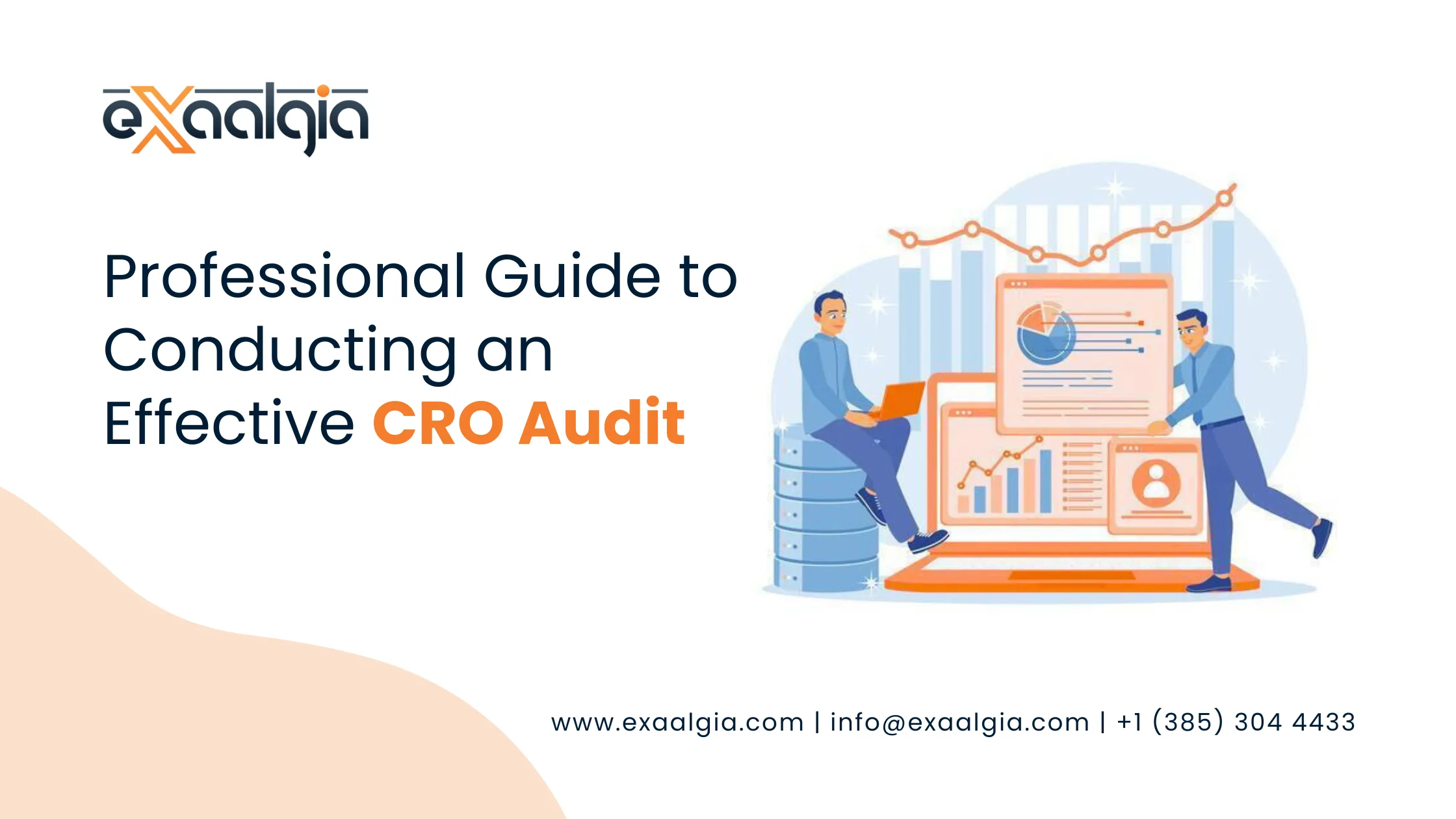Let’s break it down in a way that feels like a chat over coffee, comparing free and paid rank tracking tools to help you pick the perfect fit.
What Exactly Are Rank Tracking Tools?
Imagine rank tracking tools as your website’s report card for search engines like Google. They show you how your site ranks for the keywords you care about, track your competitors, and spot trends that can boost your traffic. Whether you’re a blogger sharing your passion, a small business owner, or an SEO pro juggling multiple clients, these tools are your secret weapon for staying ahead in the search game.
Free tools are like dipping your toes in the SEO pool—they’re budget-friendly and great for starters. Paid tools? They’re the full-on dive, packed with features for those ready to take their SEO seriously. Let’s dive into the pros and cons of each to see what’s what.
Free Rank Tracking Tools: The Lowdown
Free rank tracking tools are like the free samples at a grocery store—awesome for trying things out without spending a dime. They’re perfect if you’re just starting or pinching pennies. But, like those samples, they come with some limits. Here’s the scoop.
Why Free Tools Rock
- No Cost, No Stress: Tools like Google Search Console, SEO Review Tools, or RankChecker.io let you track rankings without touching your wallet. Perfect for bloggers or startups!
- Easy-Peasy Features: They cover the basics—keyword positions, quick SERP snapshots, and even some light competitor peeking. Enough to get you started.
- Super Simple: Tools like StoryChief or The HOTH’s Google Rank Checker are so user-friendly, you’ll feel like a pro in no time.
- Fast Insights: You get real-time (or close to it) data to see how your keywords are performing right now.
Where Free Tools Fall Short
- Keyword Caps: Most free tools limit how many keywords you can track. For example, SEO Review Tools stops at 10 keywords—fine for a small blog, but not for bigger sites.
- Basic Reports: Don’t expect fancy charts or detailed history. You get the basics, not the full story.
- Accuracy Hiccups: Some free tools scrape data from the web, which can be a bit hit-or-miss compared to paid tools with direct Google connections.
- Missing Extras: Want to track local rankings or cool SERP features like featured snippets? Free tools usually don’t have those.
Top Free Tools to Try
- Google Search Console: Google’s free gem gives you solid data on clicks, impressions, and keyword positions. No competitor tracking, though.
- SEO Review Tools: Tracks up to 10 keywords in real time, but no local SEO or deep history.
- The HOTH Google Rank Checker: Offers ranking reports with search volume and traffic estimates, but you’ll need to pay for the juicy extras.
- RankChecker.io: Lets you check rankings by device and peek at competitors, but keyword limits and no historical data hold it back.
Free tools are awesome for small sites, new bloggers, or anyone just testing the SEO waters. But if your site’s growing or you need more firepower, they might leave you wanting.
Paid Rank Tracking Tools: The Full Package
Paid rank tracking tools are like upgrading from a bike to a sports car. They’re built for speed, power, and serious SEO players who need all the bells and whistles. Here’s what you get (and what to watch out for).
Why Paid Tools Are Worth It
- Loaded with Features: Tools like Semrush, Ahrefs, or SE Ranking let you track SERP features (like featured snippets), local rankings, competitors, and even backlinks.
- Track Tons of Keywords: Paid plans let you monitor hundreds or thousands of keywords. Ahrefs’ Pro plan, for example, handles up to 1,500 keywords—perfect for big sites.
- Spot-On Data: Paid tools often sync with Google Search Console or use their own crawlers for super-accurate, daily updates.
- Fancy Reports: Custom dashboards, white-label reports, and automated emails make these tools a dream for agencies or anyone who loves polished data.
- Grows with You: Need to manage multiple sites or add team members? Paid tools scale up easily with features like API access and keyword grouping.
The Downsides of Paid Tools
- Pricey: Plans range from $29/month (Mangools) to $1499/month (Ahrefs Enterprise). That can sting for small businesses.
- Learning Curve: Tools like Semrush or Search Atlas can feel like rocket science at first, especially if you’re new to SEO.
- Too Much for Small Sites: If you’re just running a personal blog, you might not need all the fancy features.
- Subscription Commitment: Monthly or yearly plans can add up, so you’ll need to weigh the cost against the benefits.
Top Paid Tools to Check Out
- Semrush: The all-in-one SEO champ with daily rank tracking, SERP feature monitoring, and competitor insights. Starts at $129.95/month.
- Ahrefs: A favorite for backlink analysis and tracking SERP features like local packs. Plans kick off at $99/month.
- SE Ranking: Budget-friendly at $49/month, with local SEO tracking and solid competitor tools.
- Mangools SERPWatcher: Easy to use and affordable at $29.90/month, tracking up to 200 keywords.
- Search Atlas: Syncs with Google Search Console for accurate data and throws in AI-powered optimization. Starts at $65/month.
Paid tools are your go-to if you’re running multiple sites, managing clients, or need deep insights to crush your SEO goals.
How to Pick the Right Tool for You
Choosing between free and paid rank tracking tools is all about what you need and what you can afford. Here are some things to think about:
- Your Budget: If money’s tight, start with freebies like Google Search Console. Got some cash to spend? SE Ranking or Mangools are affordable and powerful.
- Your Site’s Size: Small blog? Free tools can handle it. Big e-commerce site or agency? Paid tools offer the scale you need.
- Features You Want: Need local SEO, SERP feature tracking, or API access? Paid tools have you covered. Just need basic rankings? Free works fine.
- Ease of Use: New to SEO? Stick with simple tools like StoryChief. Ready for more? Semrush or Ahrefs won’t let you down.
- Data Accuracy: Paid tools with Google integrations or custom crawlers are more reliable than free tools that scrape data.
- Reporting Needs: If you’re showing off results to clients, paid tools like Moz Pro or Semrush offer pro-level reports you can customize.
Free or Paid: What’s Your Vibe?
- Go Free If:
- You’re just starting out or running a small site with under 50 keywords.
- You’re on a tight budget and only need basic ranking info.
- You’re experimenting with SEO and don’t need all the fancy stuff.
- Example: A food blogger tracking 10 keywords to see which recipes are climbing Google.
- Go Paid If:
- You’re juggling multiple sites or client campaigns and need competitor insights.
- You want advanced features like local SEO or SERP feature tracking.
- SEO is a big part of your business, and you need reliable, scalable tools.
- Example: An online store tracking 1,000+ keywords across cities to optimize product listings.
Tips to Get the Most Out of Your Rank Tracking Tool
Whether you go free or paid, here’s how to make your rank tracking tool work harder for you:
- Pick the Right Keywords: Focus on ones that matter to your audience and have decent search volume. No point tracking keywords no one searches for!
- Spy on Competitors: Check what keywords your rivals rank for to find new opportunities.
- Look at Trends: Use historical data (if available) to spot patterns and tweak your content.
- Chase SERP Features: Aim for featured snippets or local packs to stand out, especially with paid tools that track these.
- Combine with Other Tools: Pair your rank tracker with Google Analytics or Search Console for a full picture of your SEO health.
FAQ: Your Burning Questions Answered
What Are Rank Tracking Tools?
They’re tools that show you where your website ranks on search engines for specific keywords. They help you measure your SEO success, spy on competitors, and find ways to climb higher.
Are Free Rank Tracking Tools Reliable?
Some, like Google Search Console, are super accurate but limited in features. Others, like SEO Review Tools, can be less reliable because they scrape data. Paid tools usually win on accuracy.
How Often Should I Check My Rankings?
For chill industries, once a month is fine. In fast-moving niches, weekly or daily checks (available with paid tools like Semrush) keep you in the loop.
Can Free Tools Track Local SEO?
Not really—most free tools skip local tracking. Paid tools like SE Ranking or Nightwatch can pinpoint rankings by city or even ZIP code.
What’s the Best Paid Rank Tracking Tool?
It depends! Semrush is great for all-in-one SEO, Ahrefs rocks for backlinks, and SE Ranking is a budget-friendly pick with solid features.
Do I Need a Paid Tool for a Small Site?
If you’re tracking under 50 keywords and don’t need advanced stuff, free tools like Google Search Console are plenty. Paid tools are better for bigger or more complex projects.
Wrapping It Up
Picking between free and paid rank tracking tools comes down to your goals, budget, and how deep you want to dive into SEO. Free tools like Google Search Console or SEO Review Tools are perfect for dipping your toes in or keeping things simple. But if you’re ready to level up, paid tools like Semrush, Ahrefs, or SE Ranking give you the power to dominate search results with detailed data and pro features.
Think about what you need, maybe start free to test the waters, and upgrade to a paid tool as your site grows. Whatever you choose, the right rank tracking tool can help you climb those search rankings and get your content seen. So, what’s it gonna be—free or paid? Let’s get your SEO game on point!






